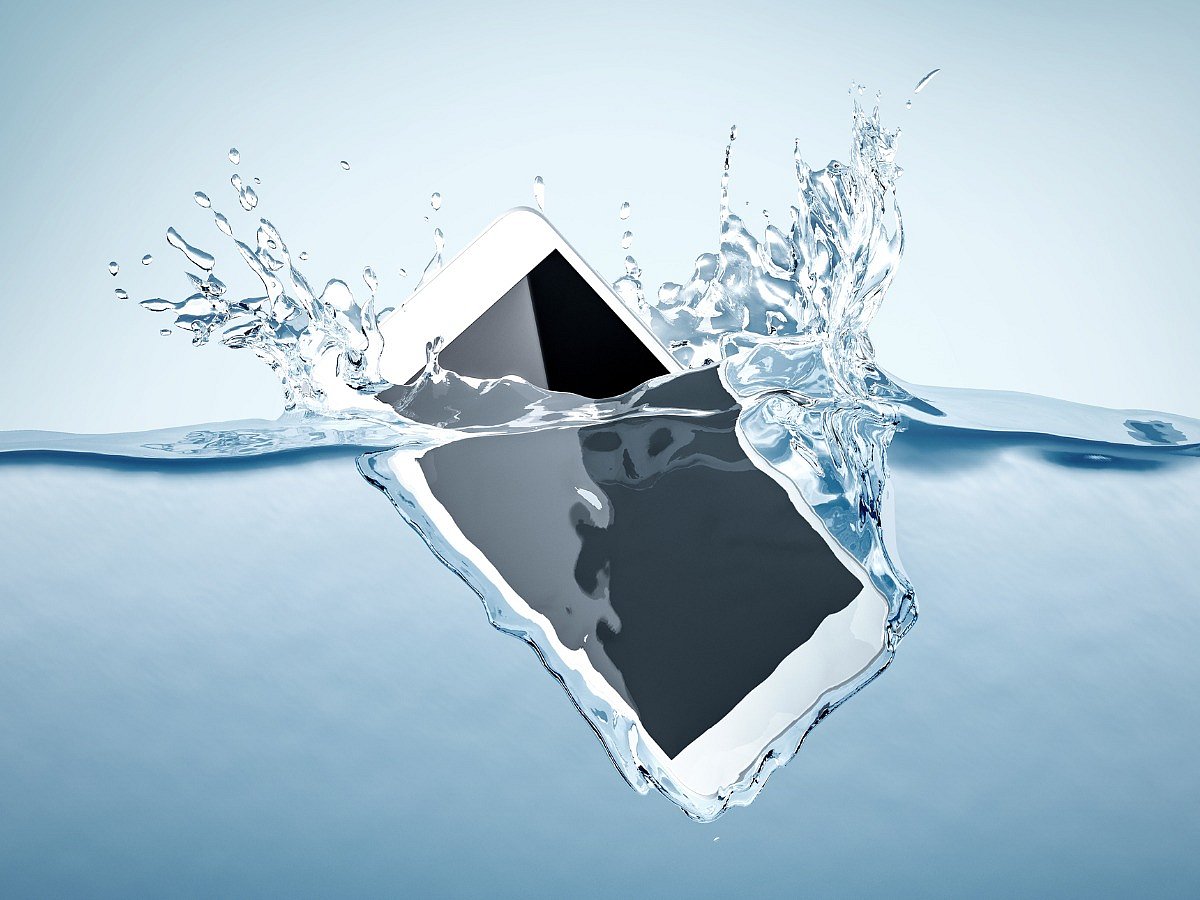Apple's Guide To Revive Wet iPhone: Steps To Follow
Check how to know if your iPhone is damaged after getting wet and how can you revive the device

advertisement
iPhone warns its users when they connect a Lightning or USB-C cable or an accessory to their iPhones, whenever there’s liquid in the connector. And if the users see one of these alerts, they must know that their iPhone has detected liquid in the Lightning or USB-C connector, or on the cable or accessory.
The alert of "Charging not available" will appear to all iPhone users once they connect their iPhone with a Lightning connector to a charger and liquid is detected.
The alert of "Liquid Detected in USB-C Connector" will appear if the users connect an accessory or charger to their iPhone with a USB-C to USB-A cable and their device detects liquid so immediately disconnect the charging cable on receiving the alert.
How Do I Know If My iPhone Got Wet?
The pins on the connector will corrode and cause permanent damage or will stop functioning and cause connectivity issues for the iPhone or accessory if the users charge their iPhone while the Lightning or USB-C connector is wet.
On reconnecting the iPhone to the cable or any other accessory, the option to override the liquid detection and charge your iPhone in an emergency will appear. In the case of wireless chargers, users can still charge their iPhones. One must be careful that their iPhone is dry before placing it on the Qi-certified charger.
In case the iPhone is wet or even if an accessory is wet immediately unplug the cable from the iPhone and unplug the other end of the cable from the power adapter or accessory. Make sure not to plug the cable in again until the iPhone and the cable are completely dry.
How Do You Revive a Wet iPhone?
Users can dry their iPhone by tapping their iPhone gently against their hand with the connector facing down to remove excess liquid. And then leave the iPhone in a dry area with some airflow. After 30 minutes users can use a Lightning or USB-C cable for charging.
On receiving an alert again there is a possibility that there is still some liquid in the connector or the cable so in this case leave the iPhone for a day in a dry place with air flow.
Users are also advised not to dry their iPhones using an external heat source or compressed air, and not to insert a foreign object into the connector. Users should also avoid putting their iPhones in a bag of rice since small particles of rice tend to damage the iPhone.
(At The Quint, we question everything. Play an active role in shaping our journalism by becoming a member today.)